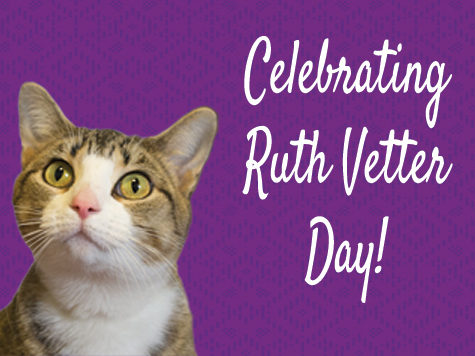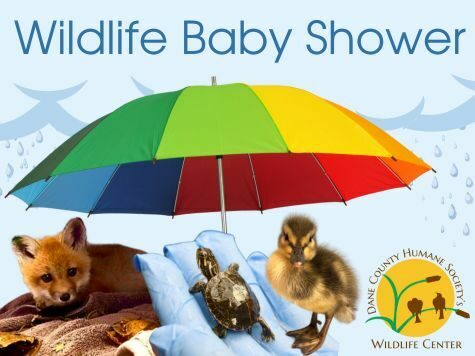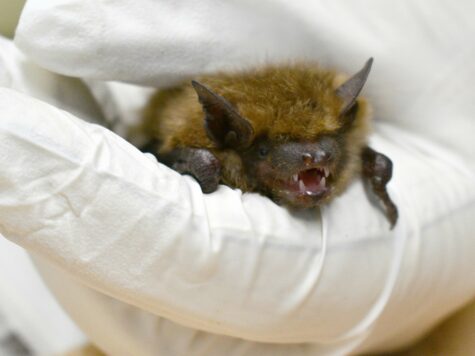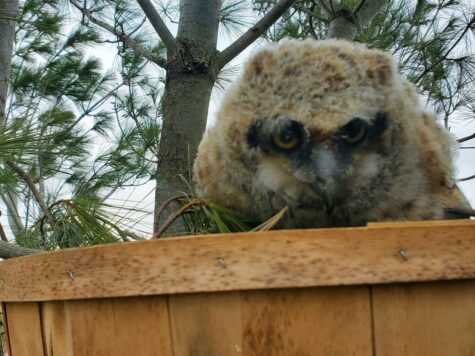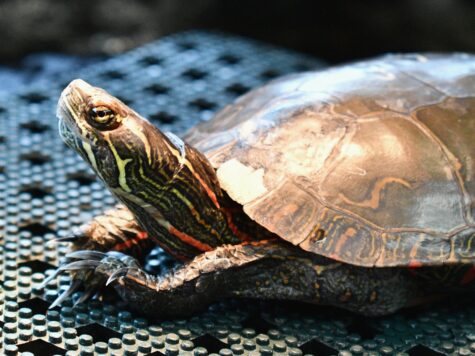Congregating corvids,
often act exhorted,
by urging on their kindred,
with loud and boisterous noises.
“Caw, caw, caw” says the crow,
and “Kraa, kraa, kraa” says the raven.
“Kraa-caw-caw, and a rattle, rattle, click”
– are these rookery sounds or a rap limerick?
Melding in their murders
showing strength in numbers,
they chase away the dangers,
while yelling at the strangers.
“Here we are! But go away!”
is what we humans feel they say.
But how crows think, we can’t define.
They could be saying, “Hey, this is mine!”
Which thou Corvus’ merit admiration?
Is it crows, or jays, or choughs, or ravens?
Well, crows, of course, they are bestowed
with our vote as we voice this ode.
The licensed wildlife rehabilitators at Dane County Humane Society’s (DCHS’s) Wildlife Center think crows are incredible, fascinating birds! If you aren’t as convinced as we are, there’s a wide variety of videos online that showcase their fun personalities and intelligence, such as the crow that uses a plastic Tupperware lid to go sledding or the documentary about crows that use tools in the wild. They have both beauty and brains, and kindness too – known to some as “present bringers” for collecting things for people in return for food, although this is an activity that is not condoned by wildlife professionals. We discourage interacting with wild animals as if they are pets to ensure the animals stay wild and capable of surviving in their natural environment.
On the other end of the spectrum, urban birds sometimes get a “bad rap” in the community, often gaining the reputation of being a nuisance animal because of their large group numbers and raucous behavior. Or they might be overlooked as just “part of the natural scenery” when there are so many around to blend in.
For those who love crows as much as we do, we hope that you enjoy this story of one of our recent American crow patients. The bird was noticed by a kind-hearted soul in December 2022 when it was found hopping along the roadside near a busy intersection in Madison, Wisconsin. It was unable to fly, was missing all of its rectrices (tail feathers), and had blood on its beak and legs. Our staff performed a thorough exam and medical diagnostics, and the crow was later confirmed to have a clavicle fracture – presumably from being hit by a car.
Crows are a type of bird in the family Corvidae. They are often grouped into the collective of “urban birds,” a term that describes where they live and how they use their environment. Aptly named, these urban birds primarily reside in cities and have adapted to the public presence, often benefiting from human activities.
Crows are frequently brought to wildlife rehabilitation facilities, such as when hatchlings fall from their nests in the spring or when adults become sick or injured. Their admissions may be more likely because they tend to be in close proximity to humans who notice they are in need.
The injured crow brought to DCHS’s Wildlife Center was described by staff as the “model patient.” It followed its treatment protocol perfectly! It stayed calm during handling, ate food immediately, and stayed in a body wrap without making a fuss.
More often than not, crows are curious about their surroundings and are inclined to remove a wrap or pick at it. Luckily, this bird did not remove or alter its new apparel, and the clavicle fracture fully healed. In addition, all of the crow’s rectrices grew back into a beautiful set of tail feathers. It didn’t damage them in our indoor treatment cages or outdoor enclosures, which set the stage for ideal plumage condition on release. After two full months of supportive care in rehabilitation, it was back home and flying free.
Successful cases like this are the highlight of our work and are supported by people just like you who contribute towards their care.
Jackie Sandberg is the Wildlife Program Manager
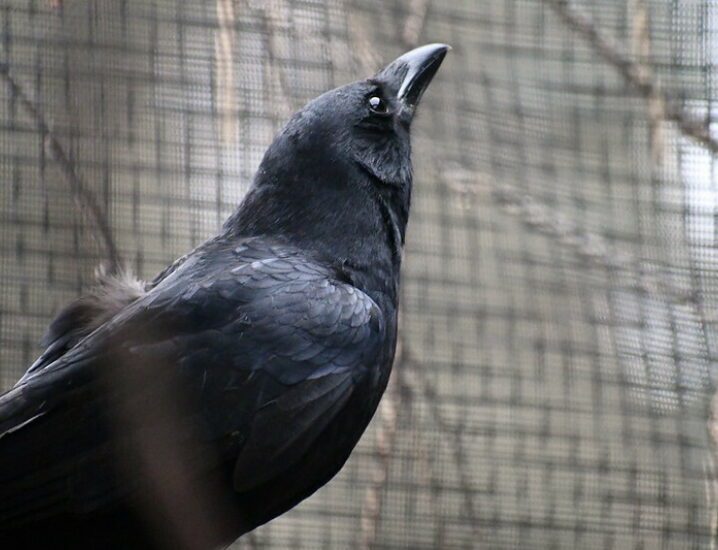
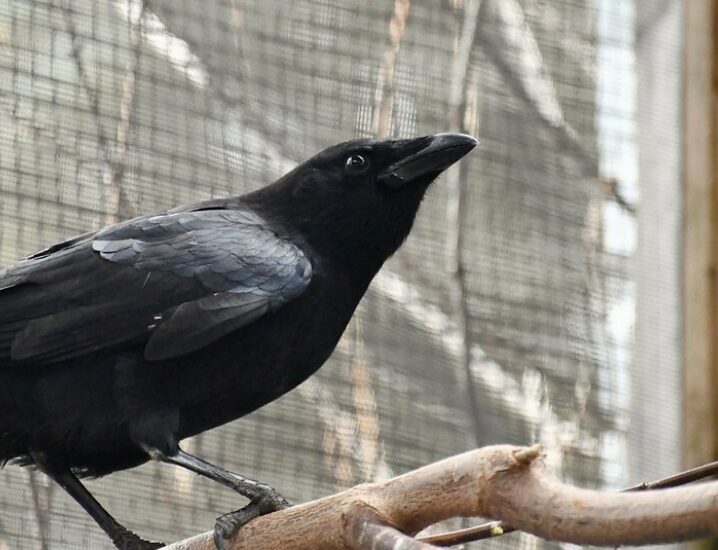
A Little More About Crows
2022 Annual Report
- 2,619 wild animals were admitted in 2022 after being found sick, injured, or orphaned.
- 143 unique species were admitted to the Wildlife Center, including:
- 107 avian,
- 24 mammal, and
- 12 reptile/amphibian species.
- 5,686 phone calls were received and answered by the Wildlife Center reception team.

